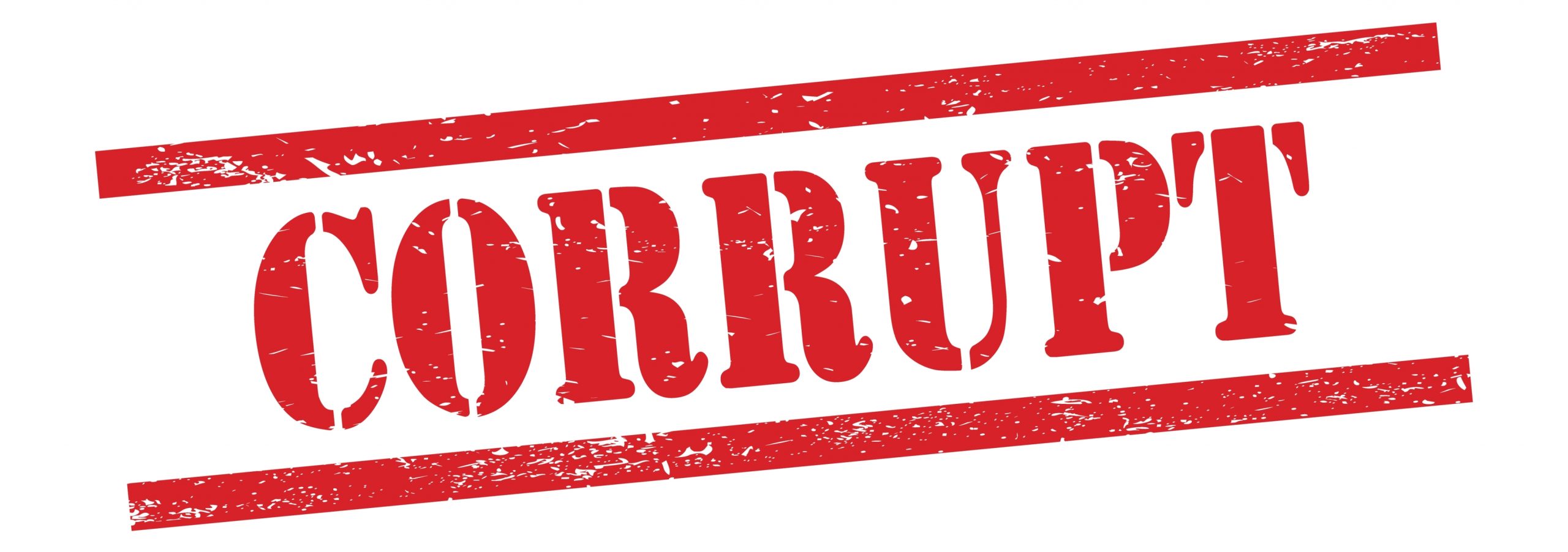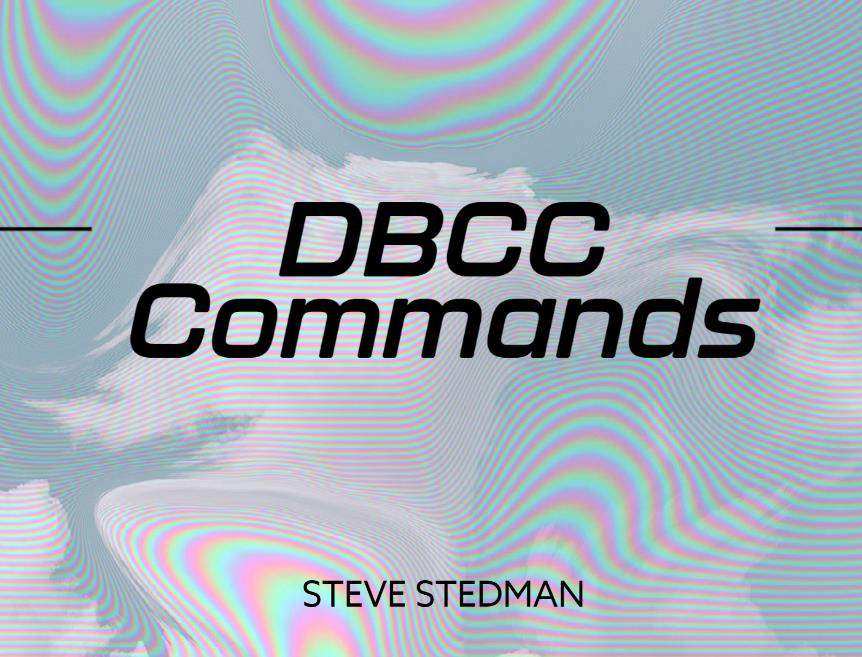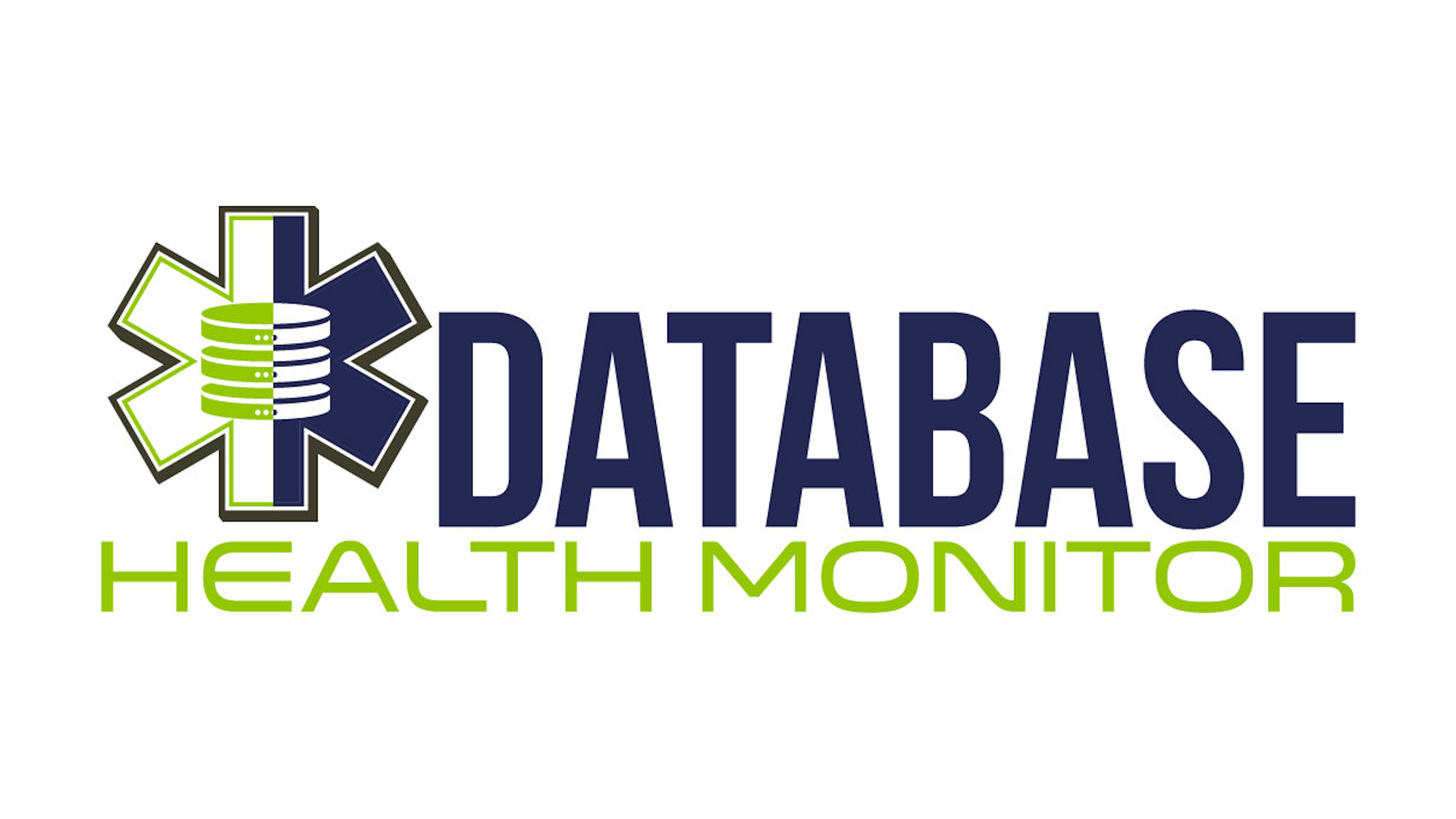DBCC CheckDB for Database Consistency
Being day four of the DBCC Command month at SteveStedman.com, today’s featured DBCC Command is DBCC CHECKDB. For more info on DBCC see the Database Corruption Challenge. DBCC CheckDB Description: DBCC CHECKDB is used to check the physical integrity of the entire database. DBCC CHECKDB is used to detect corruption in the database, and should be run regularly. This is …


